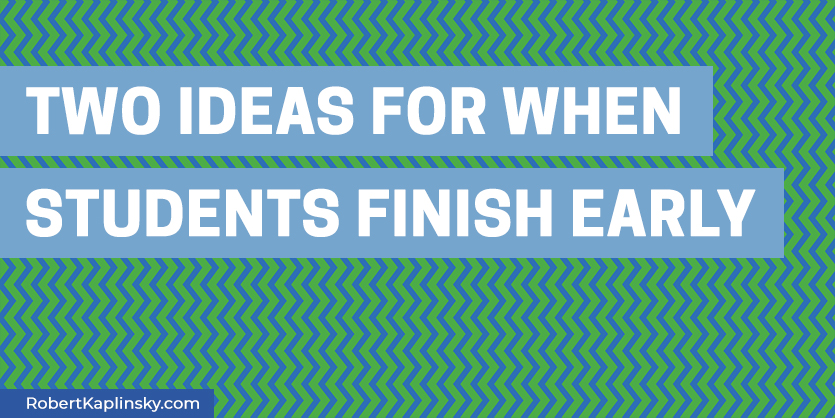One question I often get about problem-based lessons is “What should I do if students finish a problem early?” The conversation often shifts to ways to extend the problem so that students who are done and want more challenge have something to do. So in this blog post I want to dive into a distinction between two types of extensions: depth and breadth.
For this example, let’s pretend that your students have been working on my In-N-Out 100×100 Cheeseburger problem. Some students are done with the problem while others need more time. Here is my understanding of what depth and breadth extensions might look like in this situation.
Note that in this case, the context has not changed (they’re still working with the cost of the burger) but students now have to use slightly different mathematics and solve a related problem.
Note that in this case, the math skills students need to solve the problem have not changed (they’re still building functions each time) but they’re now practicing applying it to other contexts such as finding weight, calorie count, or volume.
What do you think? How do you differentiate between the two? What do you disagree with me on?


1 Comment